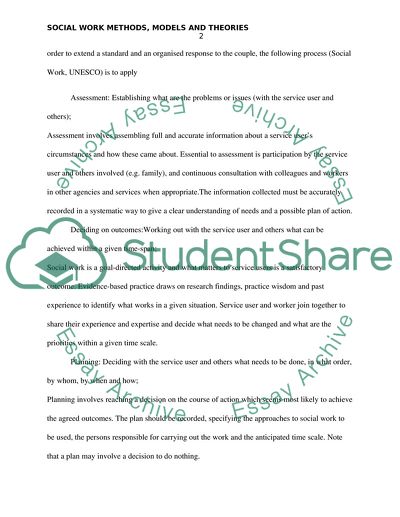Cite this document
(Importance of Social Methods, Models and Theories Research Proposal - 1, n.d.)
Importance of Social Methods, Models and Theories Research Proposal - 1. Retrieved from https://studentshare.org/social-science/1750452-social-work-models-methods-and-theories-including-social-work-processes-and-the-national-occupational-standards
Importance of Social Methods, Models and Theories Research Proposal - 1. Retrieved from https://studentshare.org/social-science/1750452-social-work-models-methods-and-theories-including-social-work-processes-and-the-national-occupational-standards
(Importance of Social Methods, Models and Theories Research Proposal - 1)
Importance of Social Methods, Models and Theories Research Proposal - 1. https://studentshare.org/social-science/1750452-social-work-models-methods-and-theories-including-social-work-processes-and-the-national-occupational-standards.
Importance of Social Methods, Models and Theories Research Proposal - 1. https://studentshare.org/social-science/1750452-social-work-models-methods-and-theories-including-social-work-processes-and-the-national-occupational-standards.
“Importance of Social Methods, Models and Theories Research Proposal - 1”, n.d. https://studentshare.org/social-science/1750452-social-work-models-methods-and-theories-including-social-work-processes-and-the-national-occupational-standards.


